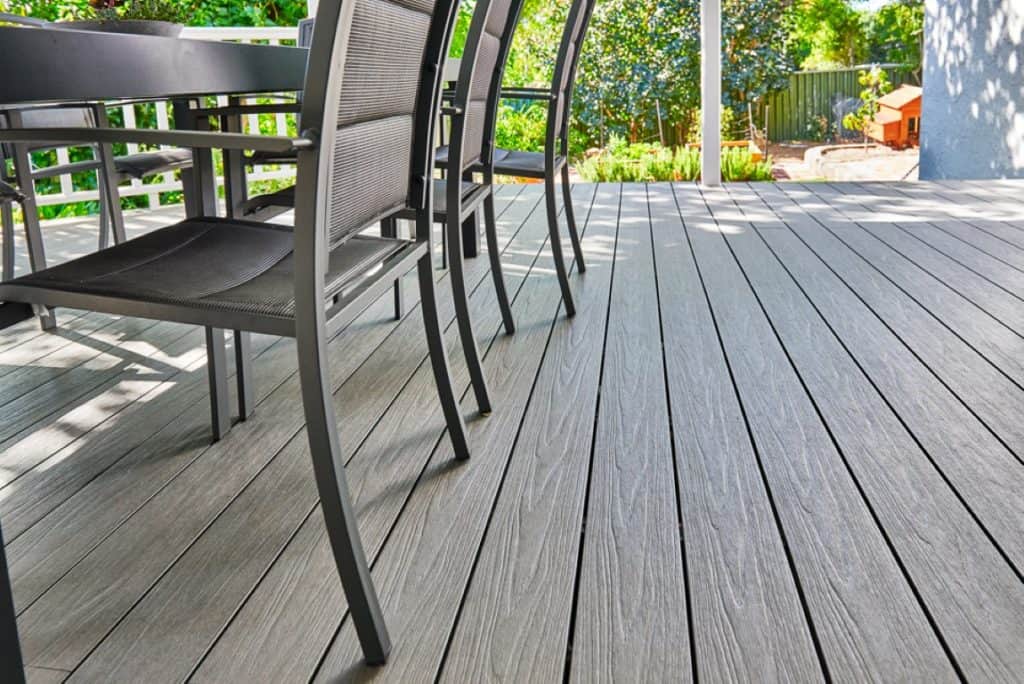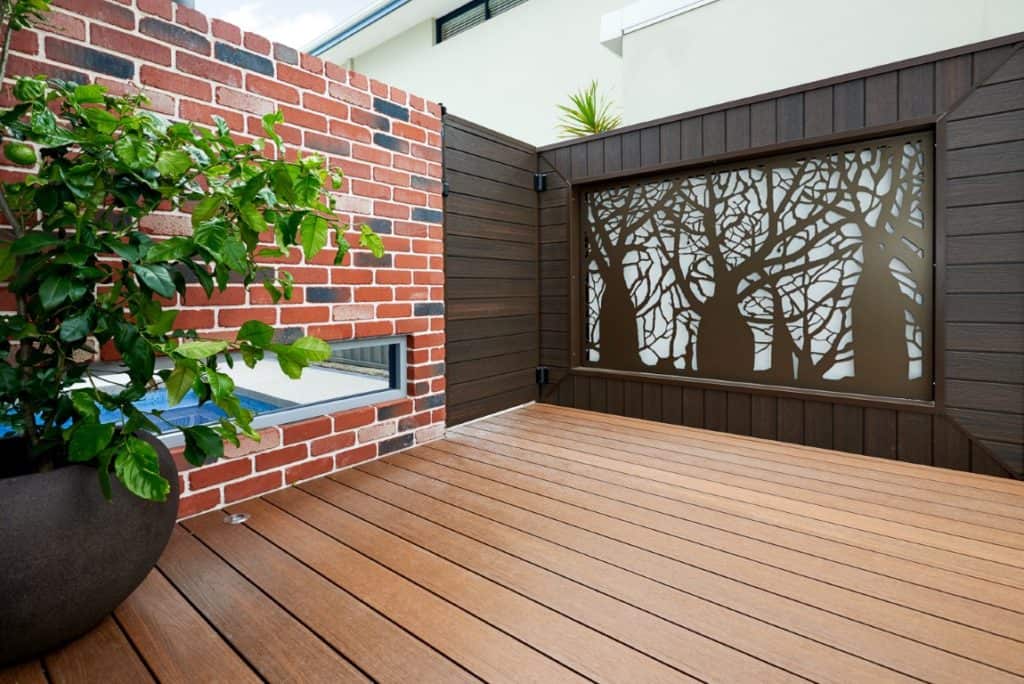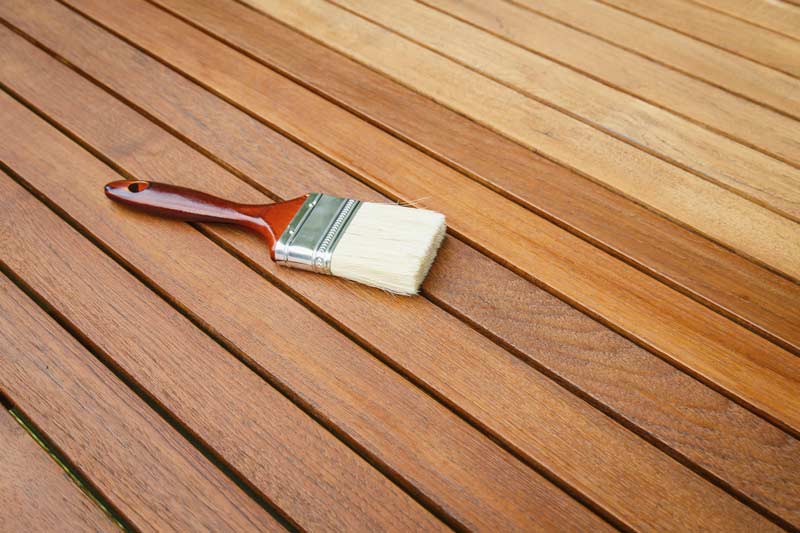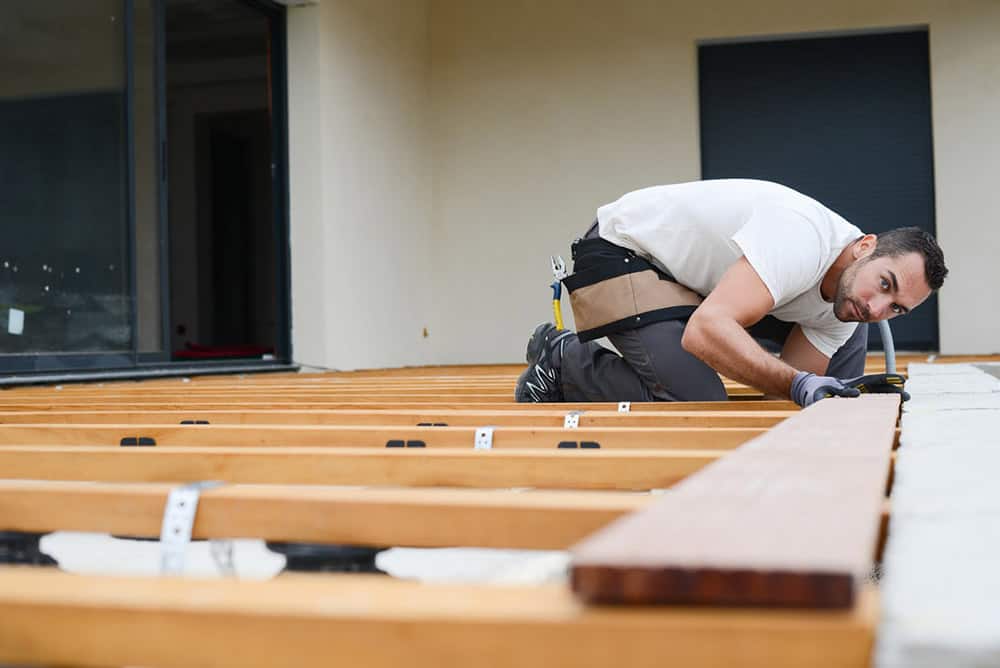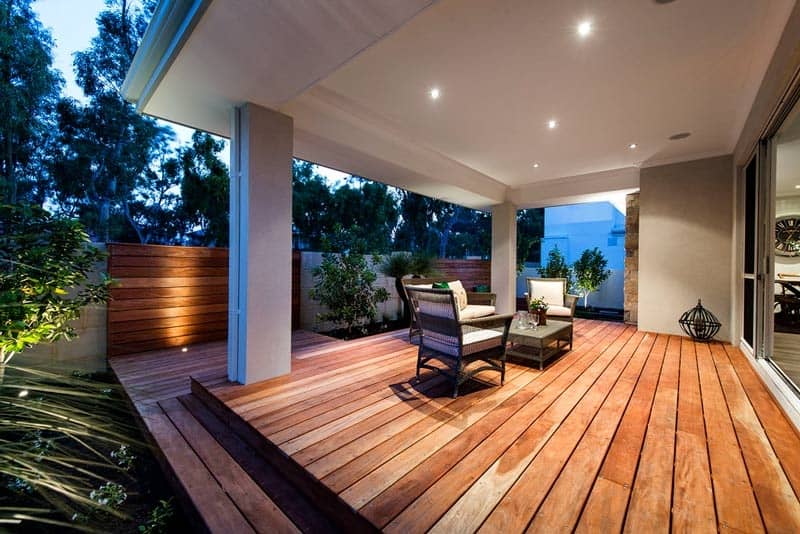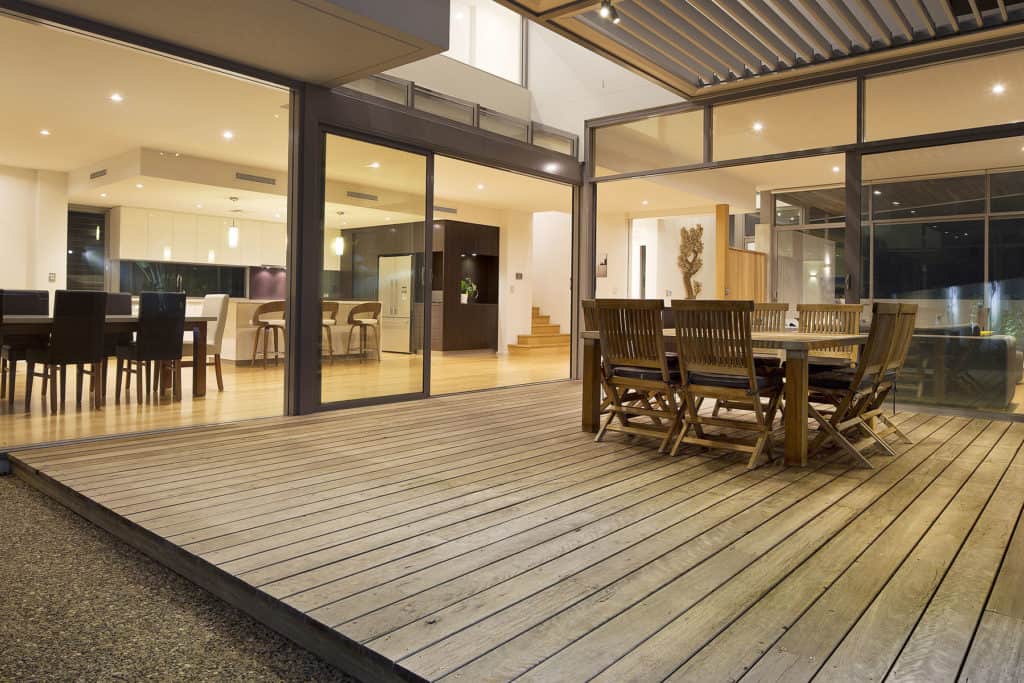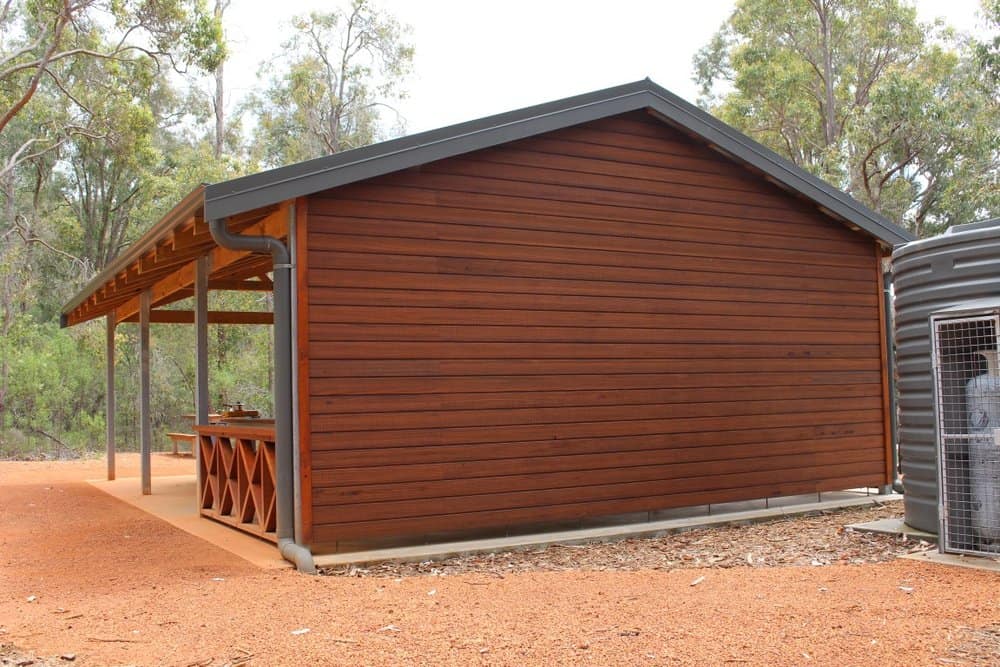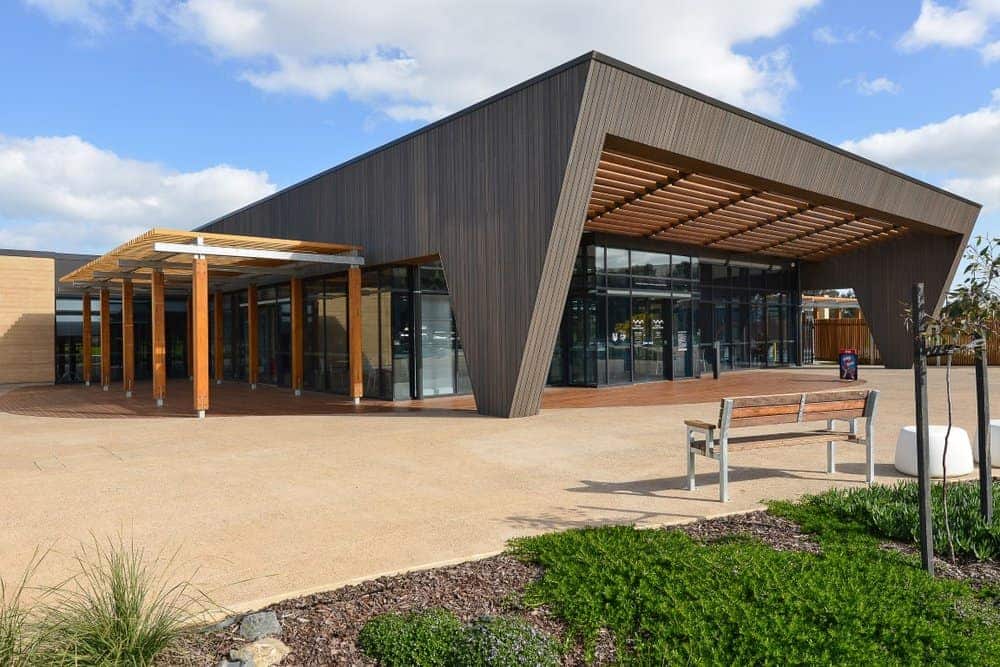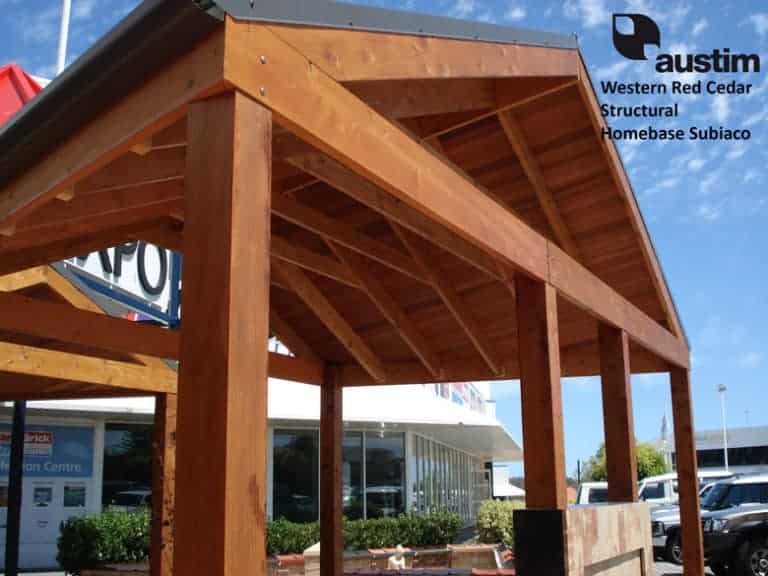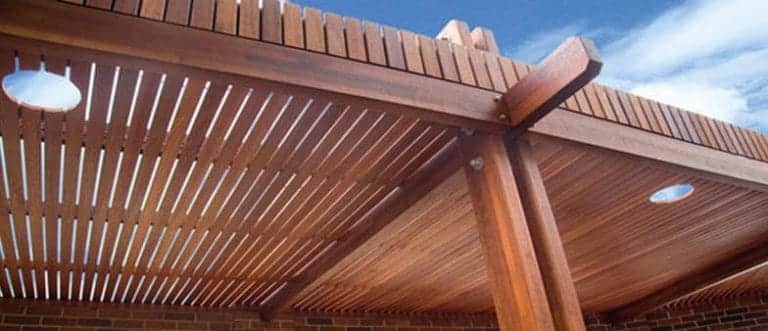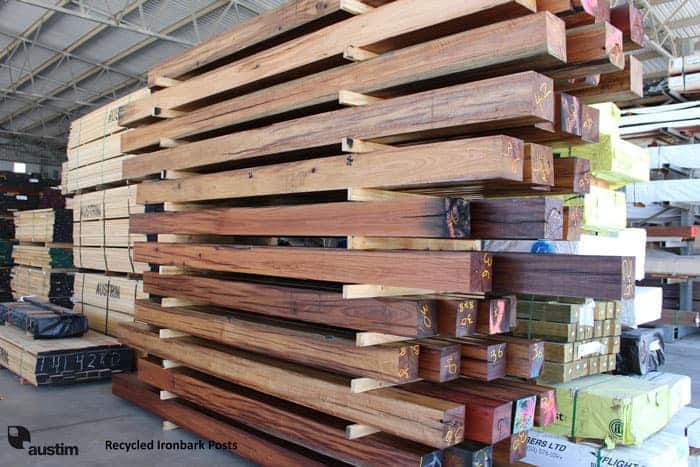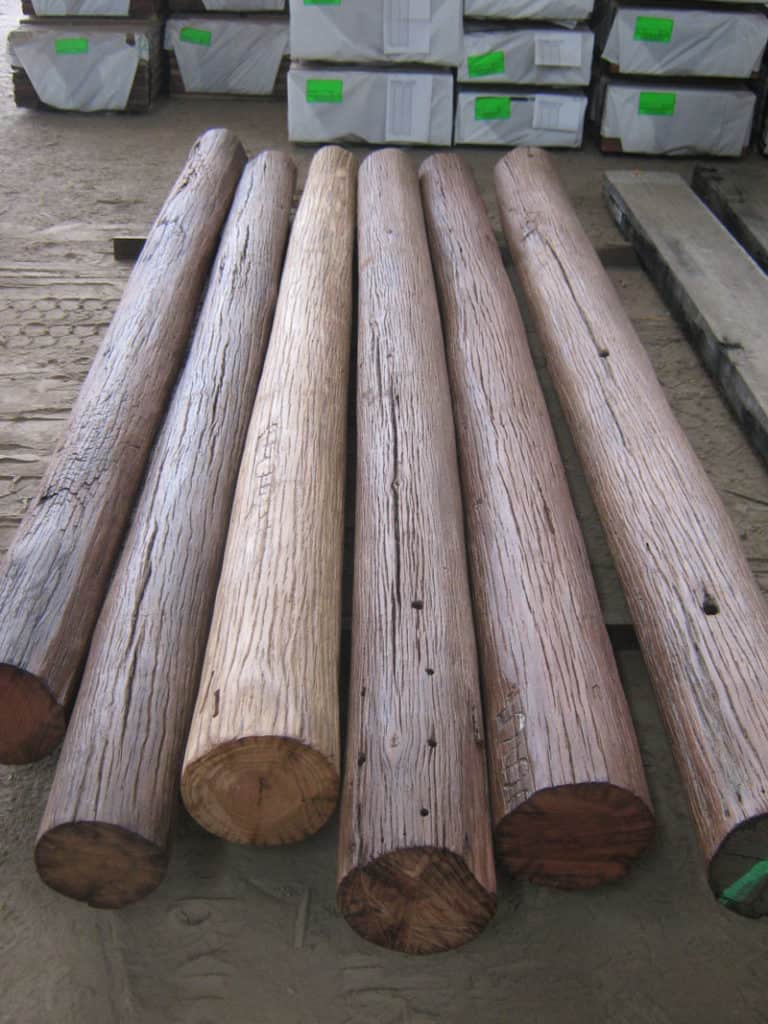Perth has an ideal climate for outdoor entertaining, especially during the summer months at the end of the year. External living areas have become even more popular, but unfortunately, the incidence of injuries resulting from structural collapses and slipping has increased.
We hope this article will assist trades and homeowners with what it takes to keep decks and other external structures in a safe condition at all times.
Building Codes
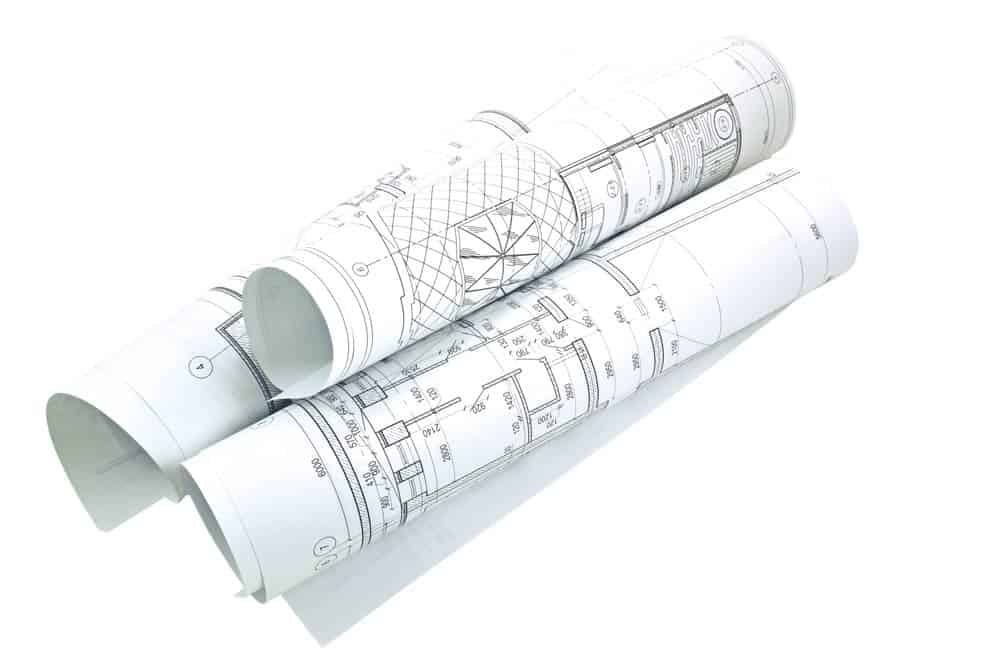
Decks constructed today must comply with the National Construction Code (NCC), which provides the current requirements for new building work throughout Australia. If the value of works exceeds $20,000, the person you have contracted to perform the work must be a registered builder.
Your local government office should be consulted and may need to approve the construction before any work can commence and there are two parts to approval;
- Planning Approval which may be required if the deck is higher than ground level or if there are issues of overlooking involved.
- Building Approval requires a building license issued by your local government after you have submitted detailed drawings and other information. Contact your local government for more information.
Slip Ratings & Testing
Slip ratings help us evaluate slip resistance in wet conditions based on the intended use or context of the flooring. Internal timber flooring, for instance, would need a much lower slip resistance as it is unexpected to be covered with water unlike timber decking next to a pool.
The Building Code references two types of classifications based on two fundamental test methods. The wet pendulum test gives a P classification, and the oil ramp test gives an R classification. Higher classifications (e.g. P5 or R13) indicate an excellent slip-resistance value, there is now right or wrong method although it is expected the “P” classification will become more widely used because it is a simpler testing method.
Surface Conditions
Application Dry Wet
Ramp steeper than 1:14 P4 or R11 P5 or R12
Ramp steeper than 1:20 but not steeper than 1:14 P3 or R10 P4 or R11
Ramp not steeper than 1:8 P4 or R10 P5 or R12
Tread or landing surface P3 or R10 P4 or R11
Nosing or Landing edge strip P3 P4
The wet pendulum test is conducted in a wet condition by spraying the surface with water. The pendulum is swung across the surface and the more slippery the surface; the higher the pendulum swings back up.
The oil wet ramp test involves two testers walking up and down a ramp until they find the point of slip. The slope of the ramp is increased incrementally until the testing personnel slip, and their scores are averaged.
Timber Decking
The slip resistance of timber varies primarily based on the cut and finish. Reeded timber along with rough sawn timber will typically have a higher level of slip resistance. However, timber is rarely left in its raw state, so it’s usually the surface coating that influences the slip resistance. Because of these variables associated with timber decking testing is not particularly common however it can certainly be done where required.
Composite Decking
Slip resistance of composite decking is more commonly documented because it is a manufactured, consistent product that does not have a finishing system applied to it. For example Millboard has been tested using the wet pendulum test and achieved “P5” whilst NewTechWood had testing performed and it returned a “R11” classification.
At Austim, we’re the leading timber supplier in Perth and we offer complete timber and composite decking resources to suit all your indoor and outdoor building needs.
If you have any questions, contact us online or by phone (08) 6558 1266













